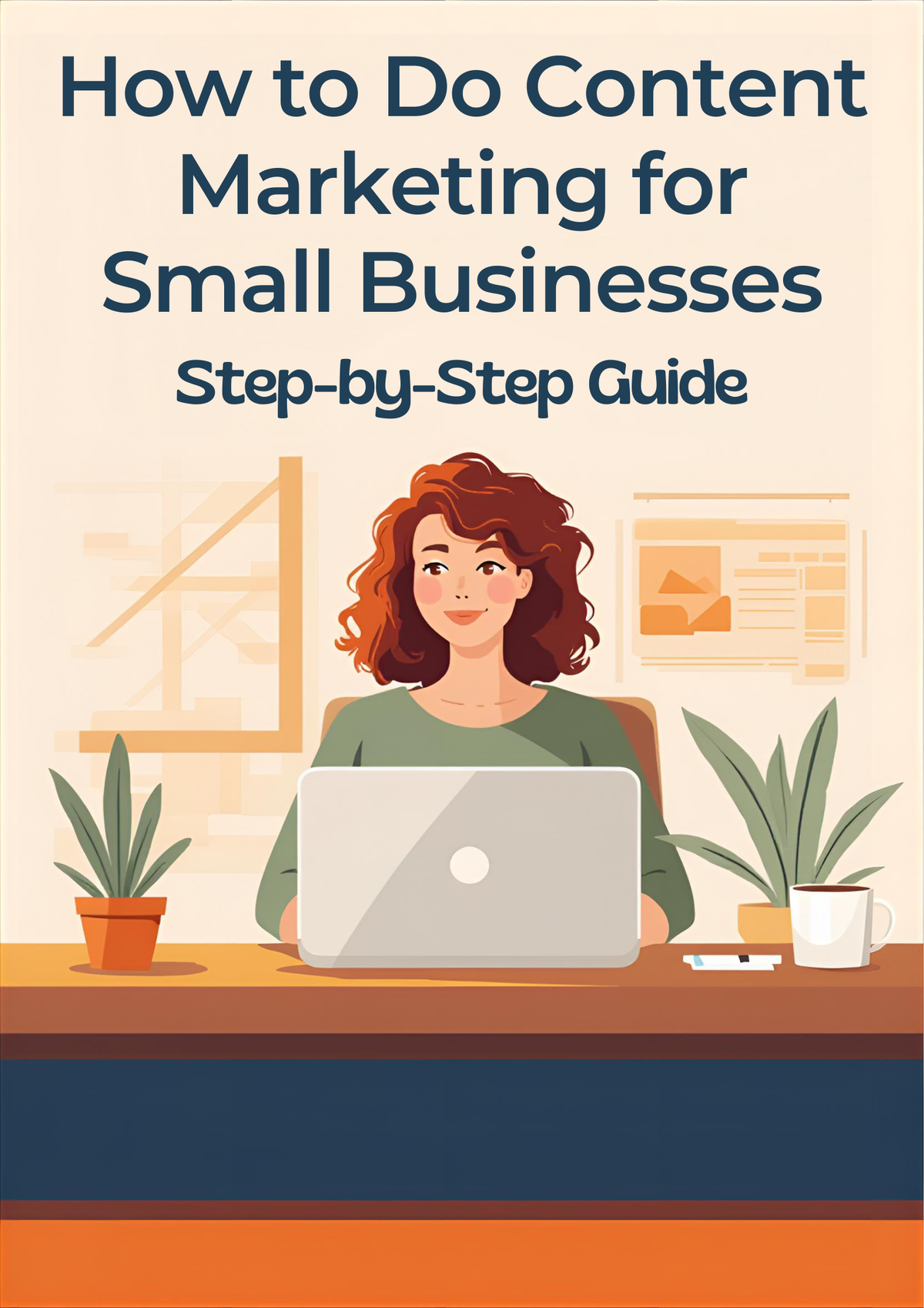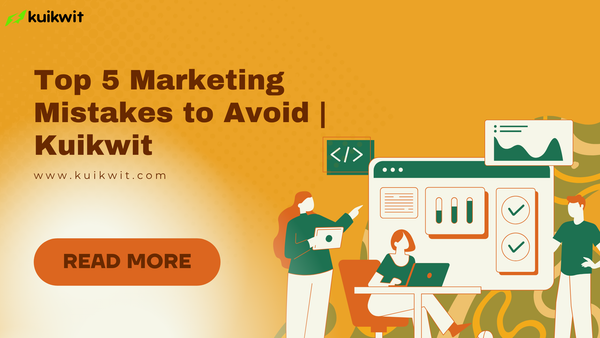Content Marketing Made Easy for Small Businesses | Kuikwit
Discover simple, effective content marketing strategies for small businesses to boost visibility, build trust, and drive sales.

In today’s digital world, every small business faces the same challenge: how to get noticed without spending a fortune. That’s where content marketing becomes a game-changer.
Content marketing helps small businesses attract, engage, and retain customers by providing valuable information instead of pushing sales messages. It’s one of the most cost-effective ways to build brand awareness, earn trust, and drive sales.
If you’re wondering how to do content marketing for your small business, this guide breaks it down step-by-step no big budgets or complex tools required.
What Is Content Marketing?
Content marketing is a strategic approach to creating and sharing valuable, relevant, and consistent content to attract and engage your target audience.
For small businesses, this might include:
- Blog posts that answer customer questions
- Social media posts that tell your brand story
- Email newsletters that nurture leads
- Videos that showcase products or expertise
The goal is simple build relationships that turn into loyal customers.
Why Content Marketing Matters for Small Businesses
Unlike paid ads that stop working when your budget runs out, content marketing keeps working long after it’s published.
Here’s why it’s so powerful:
Cost-effective: You can reach thousands with quality content instead of expensive ad campaigns.
Builds trust: Sharing valuable insights shows credibility and expertise.
Improves SEO: Regular, optimized content boosts your visibility in search engines.
Drives traffic and leads: Useful content brings the right audience to your website.
Strengthens brand identity: Helps customers remember who you are and what you stand for.
Step 1: Define Your Target Audience
Before creating content, understand who you’re talking to.
Ask yourself:
- Who are my ideal customers?
- What problems do they face?
- What questions are they searching online?
Create a simple buyer persona a profile that includes their age, interests, pain points, and buying habits.
Example: “A small café owner who wants to attract more local customers through Instagram.”
When you know your audience, every piece of content becomes more focused and effective.
Step 2: Set Clear Goals
Every content strategy needs a destination. Define what success looks like for your small business:
- Do you want to increase brand awareness?
- Generate more website traffic?
- Get more leads or sales?
Once your goals are clear, it’s easier to measure your results and make improvements.
Step 3: Choose the Right Content Types
You don’t have to create every kind of content out there. Focus on the ones that match your audience and resources.
Here are the best content types for small businesses:
1. Blog Posts – Ideal for SEO and educating your audience.
2. Social Media Posts – Great for quick engagement and storytelling.
3. Videos or Reels – Perfect for product demos, testimonials, and behind-the-scenes clips.
4. Email Newsletters – Keep customers informed about updates and offers.
5. Infographics – Simplify data or complex ideas visually.
6. Customer Stories or Case Studies – Show real success results.
Start small pick one or two formats and master them before expanding.
Step 4: Build a Content Strategy
A content strategy ensures you create content with purpose not just at random.
Here’s how to plan it:
- Research topics: Use tools like Google Trends, AnswerThePublic, or Ubersuggest to find what your customers are searching.
- Create a content calendar: Plan your posts weekly or monthly to stay consistent.
- Mix content types: Combine educational, entertaining, and promotional content.
- Optimize for SEO: Include your main keyword naturally in titles, subheadings, and meta descriptions.
|
Week |
Content
Type |
Topic |
Goal |
Platform |
|
1 |
Blog |
5 Ways to
Attract Customers with Local SEO |
Awareness |
Website |
|
2 |
Social |
Meet the
Team (Behind-the-scenes) |
Engagement |
Instagram |
|
3 |
Video |
Product
Demo |
Conversion |
YouTube |
Step 5: Optimize for Search Engines (SEO)
Good content deserves to be found. Follow these SEO basics for every post:
- Use your main keyword in the title, first paragraph, and headings.
- Write clear meta titles and descriptions.
- Add internal links (to your own posts) and external links (to reputable sources).
- Use short paragraphs and bullet points for readability.
- Add images with descriptive alt text.
Small businesses that use SEO effectively often see long-term traffic without ongoing ad costs.
Step 6: Promote Your Content
Creating great content isn’t enough you need to get it seen.
Here’s how small businesses can promote content effectively:
- Share posts across all social media platforms.
- Join relevant Facebook or LinkedIn groups to share your expertise.
- Send new articles through email newsletters.
- Repurpose blog posts into short videos or infographics.
- Partner with micro-influencers in your niche.
Pro Tip : Post at the right time and use relevant hashtags to expand your reach.
Step 7: Measure and Improve
Track your progress regularly using simple analytics tools:
- Google Analytics: Monitor website traffic, bounce rate, and conversions.
- Social Insights: Measure engagement, shares, and comments.
- Email Analytics: Track open and click-through rates.
If a certain post performs well, create more around that topic. If something doesn’t work, tweak your approach content marketing is all about learning and adapting.
Bonus Tips for Small Businesses
Be consistent — even one post per week can make a difference.
Use storytelling — people connect with real experiences.
Focus on value — solve problems, don’t just sell.
Repurpose your content — turn one blog into multiple posts or videos.
Conclusion
Content marketing for small businesses isn’t about big budgets; it’s about smart strategy, consistency, and genuine connection.
By understanding your audience, creating helpful content, and promoting it effectively, your business can grow its presence, build trust, and compete with larger brands.
Remember: your customers don’t want ads, they want answers, stories, and value. Start giving them that through content, and success will follow.




